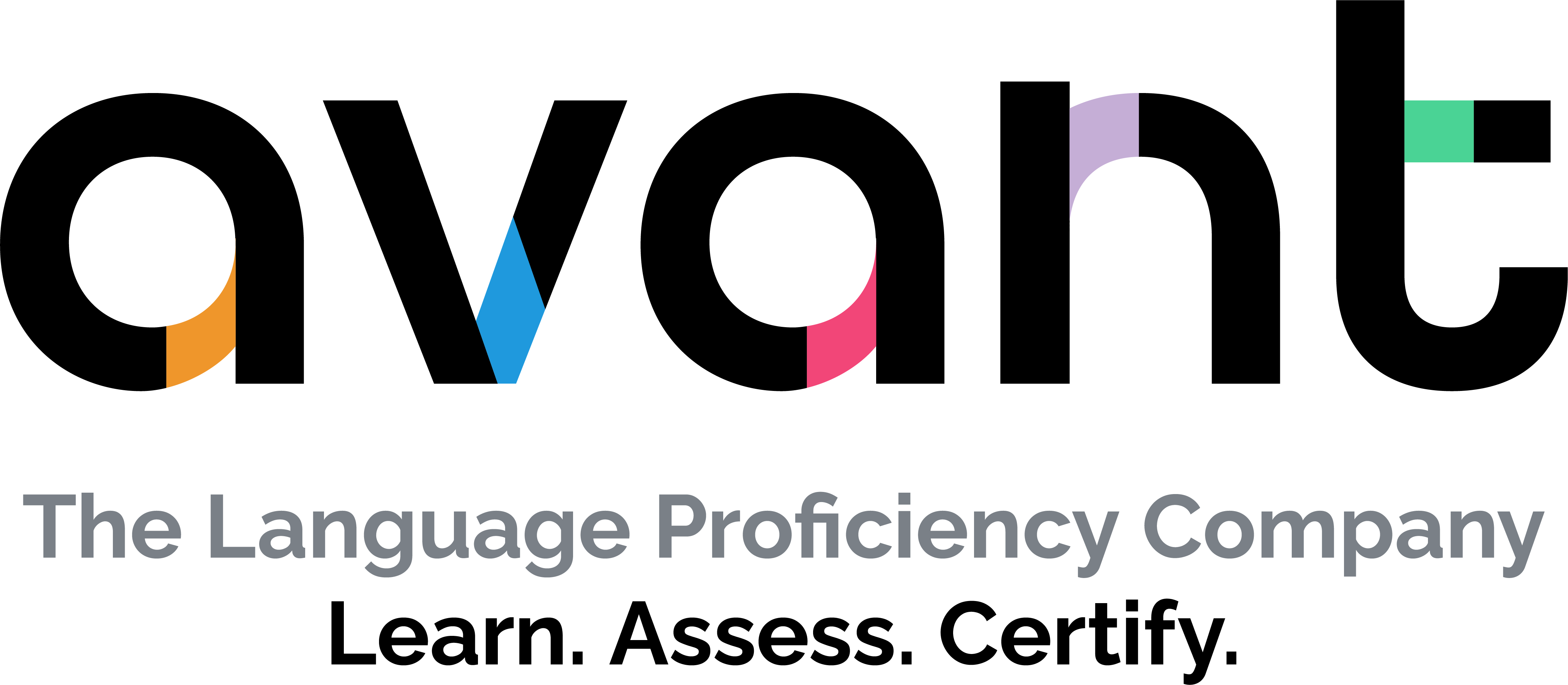Dive Brief:
- While the Hour of Code uses fun themes every year to introduce students to computer programming, former teacher and instructional designer Steven W. Anderson writes for Ed Tech: Focus on K-12 that it's not enough to instill the deeper lessons computer science offers students.
- Sustained coding education, he writes, builds soft skills like analytical thinking, grit, logic and problem-solving in addition to math and design, creating a lasting impact beyond what simple exposure to any device itself can provide.
- To carry on coding beyond the December event, Anderson suggests projects that challenge students to design an app with the MIT App Inventor or build their own computer with Raspberry Pi, build assignments around free Code Academy lessons, start coding clubs, or expand their makerspaces.
Dive Insight:
Introducing students to a concept can be a great entry point to show them it's not as difficult as it seems, but simply piquing their interest — especially around a subject area where demand is only expected to grow — with an hour, or even a week, of learning focused on computer science and coding won't deliver the same benefits as sustained exposure.
Where a specific class on computer science isn't possible, it's worth noting that connections to computational thinking and other skills needed in the field can be made in other subjects. Music and art, for example, have ties to algorithmic thinking, while decomposition methods can be used in the social sciences and physical education. And, when possible, projects in one subject area can still incorporate a coding aspect, perhaps with algebra students completing coding equations to uncover a design as one possibility.














